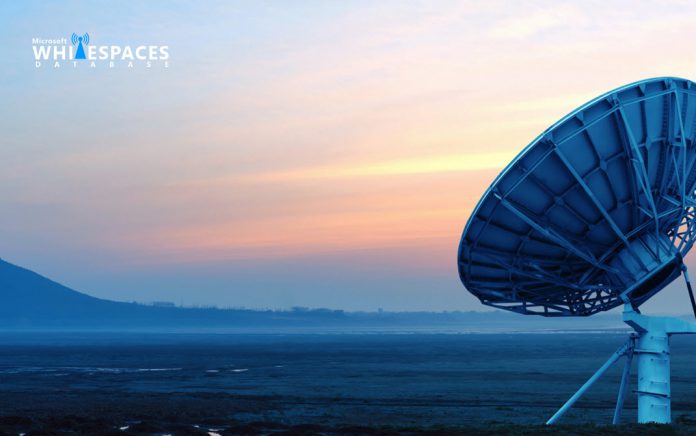We are often told we live in a connected world. While that may be true for those of us living in certain area, the term “connected world” is a falsehood. Over three billion people live without internet, not to mention any sort of connected technology hardware. Microsoft is one of the leading advocates in using TV White Space technology to bring low cost connection. The White Space signal sits on the 470MHz to 790MHz frequencies, a lower frequency than cellphone that sits unused in the television spectrum as it is a buffer for Wi-Fi connectivity. Utado, a mountainous region of Puerto Rico was devastated by hurricane. The community was already relatively inaccessible and a connection hotspot. TV White Space technology allowed communication to be made. The connection has allowed food, water, and healthcare to be administered more easily. The company has been working with partners such as NetHope, local Internet Service Providers (ISPs), TV broadcasters, and local governments to deploy TVWS. In the Utado region, the tech has help reconnect to the internet and deliver hotspots for residents in communities. Microsoft says 40% of cell phone sites are down across the two nations, so TVWS has been a valuable tool.
TV White Space in the United States
Despite being a well-connected nation, Microsoft believes the TV White Space tech could be important in the US. The company has previously sought FCC approval to us TVWS Wi-Fi in the country. “We strongly support action at the FCC to ensure that enough TV white-spaces channels remain available for unlicensed use and hope the FCC will finalize commercially reasonable white-spaces rules soon so we can move ahead,” said Dave Heiner, VP of regulatory affairs at Microsoft at a committee hearing at the time. Through a $10 billion project, Microsoft wants to bring TVWS to 2 million citizens in the United States.




